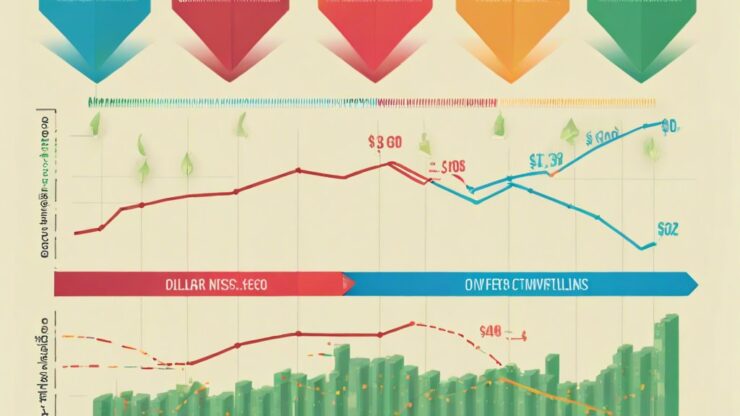Unlocking the Benefits of Dollar-Cost Averaging
In the world of investing, timing the market can often feel like an impossible task. Enter Dollar-Cost Averaging (DCA), a powerful strategy that allows investors to minimize risk while potentially maximizing returns. By consistently investing a fixed amount of money at regular intervals, regardless of market conditions, DCA empowers investors to navigate the volatility of financial markets with confidence.
How Dollar-Cost Averaging Works
The beauty of Dollar-Cost Averaging lies in its simplicity and effectiveness. By committing to invest a predetermined amount on a regular basis—be it weekly, monthly, or quarterly—investors can purchase more shares when prices are low and fewer shares when prices are high. This method helps in smoothing out the effects of market fluctuations and can lead to a lower average cost per share over time.
Here’s a breakdown of how DCA works:
- Consistency: Commit to investing a fixed dollar amount regularly.
- Market Timing: DCA eliminates the pressure of trying to time the market perfectly.
- Emotional Control: By sticking to a plan, investors can avoid emotional decision-making during market swings.
- Long-Term Growth: Over time, DCA can lead to substantial wealth accumulation through compounded returns.
The Road to Financial Success with DCA
Adopting Dollar-Cost Averaging as part of your investment strategy can be a game-changer. It encourages disciplined investing, reduces the impact of volatility, and fosters a long-term growth mindset. By understanding how DCA works and committing to this strategy, investors position themselves for financial success, regardless of market conditions.
Disclaimer
This article has been created or edited with the support of artificial intelligence and is for informational purposes only. The information provided should not be considered investment advice. Please seek the support of a professional advisor before making any investment decisions.






